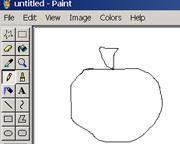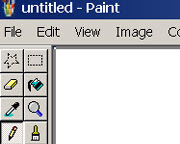Obis sly you can encrypt a graphics file. After all, most encryption
algorithms don't care about the intellectual content of a file. All they
chew on is a series of byte values. Therefore, most any encryption program
that works on ordinary text files will work on graphics files as well.
Why would you want to encrypt a graphics file?
Mostly to control who canview its contents. You can invent a proprietary file format and that mightslow a file format hack down for, say, five or ten minutes. You could add a proprietary data compression scheme, possibly a twisted variation of a already public algorithm.
Realize that an encrypted graphics file still might not be very secure.
For every data encryption algorithm there exists at least one method of
getting around it, although it may take hundreds of computers and many
years to fully employ and execute that method!
XOR is very simple and fast, which is a must for a graphics file
translators/viewers that must decrypt a file on the fly. A short key might be very easily discovered in this way.
The SMPTE DPX file format supports such an encryption feature.If you wish to use a public key/private key encryption method, then
storing the public key in the file format header (usually as a 4-byte
field) and only encrypting the image data would be the way to go.
If you really need to make the contents of a graphics file secure, then
I'd suggest not only using some form of data encryption, but also create
an unconventional and proprietary file format and do not publish its
format specification.



.jpg)
.jpg)
.jpg)

.jpg)
.jpg)



.jpg)
